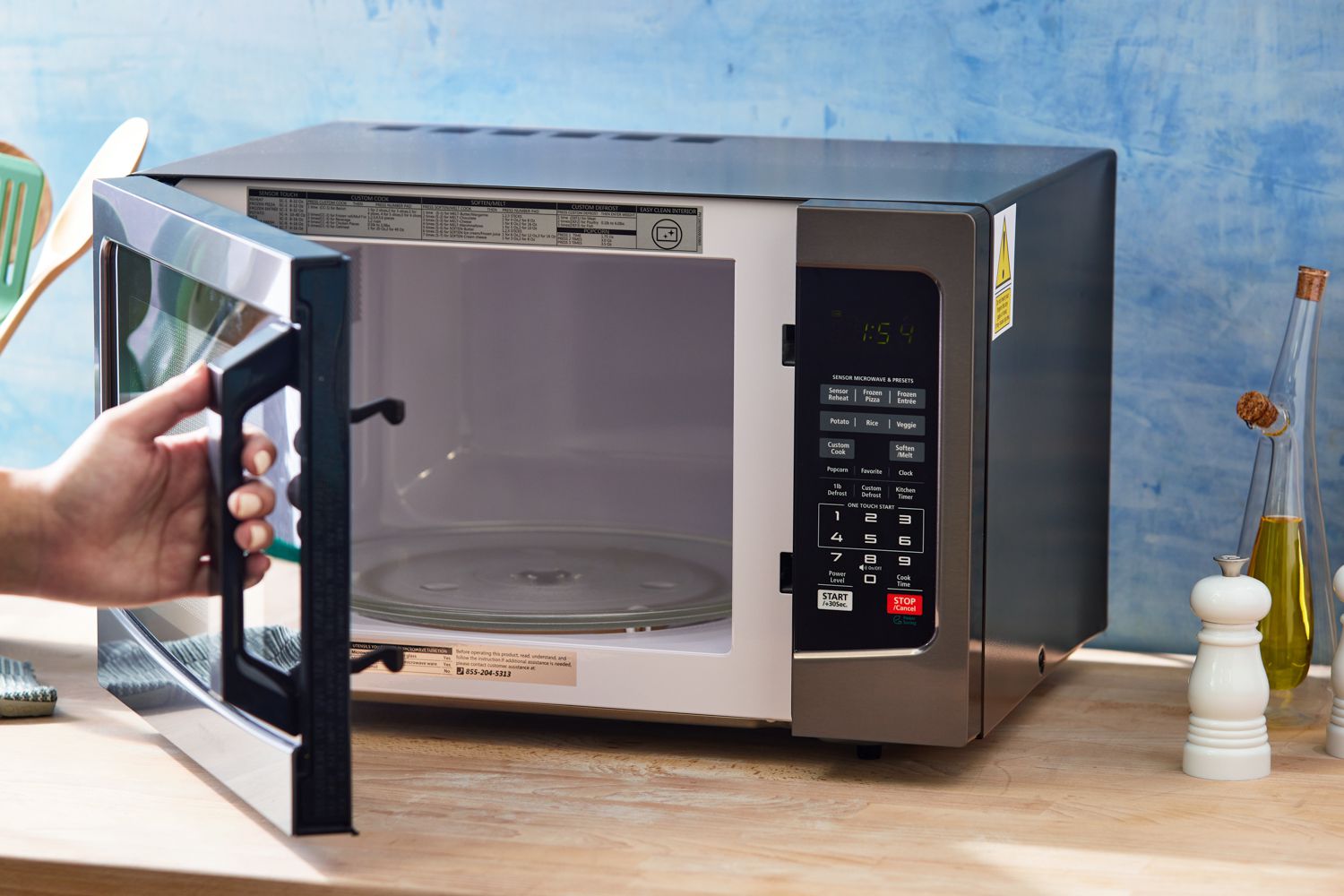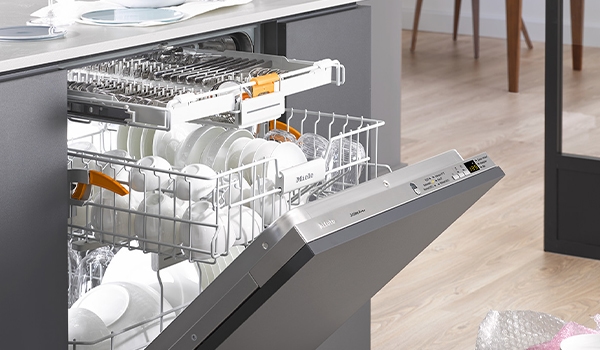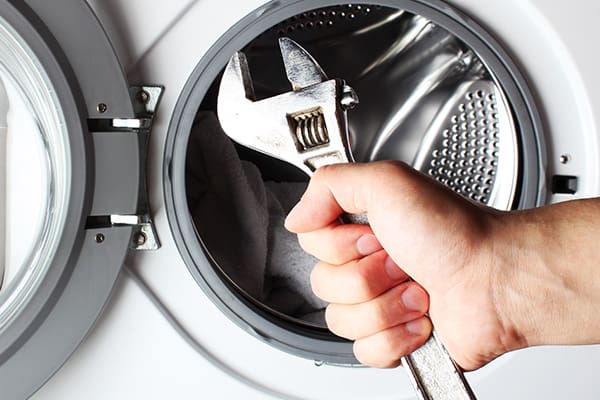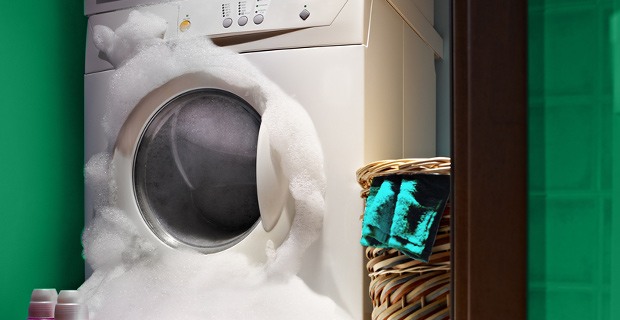GE Refrigerator Evaporator Troubleshooting Guide: Quick Fixes
When it comes to reliable, iconic American home appliances, General Electric, or GE, invariably springs to mind. Rooted deeply in America's industrial history, GE has consistently been at the forefront, delivering state-of-the-art appliances that combine sophistication with functionality. In this guide, we shine the spotlight on a critical component of GE refrigerators: the evaporator.
Imagine a summer day when you reach into your refrigerator, seeking the refreshing embrace of a cold drink. As the cool sensation brushes against your hand, there's a moment of sheer relief. But have you ever paused to think, how does this magical box stay so cold?
Enter the evaporator.
GE vs. The Competition
The market is flooded with refrigerator brands, each boasting unique attributes. So, how does GE's evaporator stack up? Let's find out.
Distinctive Attributes of GE Evaporators
Technological Innovations Specific to GE: Over the years, GE has made substantial advancements in evaporator technology. For instance, they've adopted a "frost-free" design in many models, ensuring that users don't have to defrost the evaporator manually. This not only conserves energy but also maintains a consistent temperature, crucial for food preservation.
Build Quality and Material Insights: GE's commitment to quality is evident in the materials they use. Their evaporators are typically constructed from high-quality aluminum or copper, metals known for their superior thermal conductivity. This choice of materials ensures quicker, more efficient heat exchange.
A Comparative Review
Performance Benchmarks Against Other Major Brands: In comparative tests, GE refrigerators often stand out for their consistent cooling and energy efficiency. While the efficiency of a refrigerator depends on many components, the evaporator plays a central role. The design and quality of GE's evaporator often give it an edge, resulting in longer food preservation and reduced energy bills.
Customer Feedback and Market Reception: The proof, as they say, is in the pudding. Or in this case, the perfectly chilled pudding. GE users frequently commend the longevity and consistent performance of their units. Some users, who've switched from other brands to GE, note a marked improvement in temperature consistency, attributing it to the superior evaporator design.
Typical Concerns of Evaporators in GE Refrigerators
Even the best-designed systems can encounter hitches. Being aware of these potential concerns can save a lot of hassle.
Signs You Shouldn't Ignore
Observing Temperature Variations: If you're finding that your milk is freezing or your ice cream is melting, it could indicate an evaporator issue. Temperature fluctuations are often the first sign that the evaporator isn't performing optimally.
Frost and Condensation Issues: Remember when we talked about GE's "frost-free" design? If you're spotting frost build-up or excessive condensation inside the fridge, especially near the evaporator coils, it's a sign that something's amiss.
Root Causes and Quick Fixes
Common Evaporator Problems Specific to GE: Over the years, in my experience, certain issues crop up more frequently with GE evaporators. One such problem is a blocked evaporator drain, which can lead to water accumulation in the fridge. Another common concern is a faulty fan which can affect the efficiency of the evaporator.
Tips and Tricks from GE Experts: If you suspect an issue with your evaporator:
- Ensure the refrigerator is set to the recommended temperature.
- Check for blockages or debris around the evaporator. A simple cleaning might resolve the issue.
- Listen for the evaporator fan. If it's silent or making unusual noises, it may need replacement.
Remember, while these tips can help in minor issues, for more complex problems, always consult a professional.
Step-by-Step Troubleshooting Guide for GE Refrigerator Evaporators
When it comes to pinpointing and fixing issues, having a systematic approach is invaluable. Before we delve into the steps, remember: safety is paramount!
Safety First
Unplug and Prep: The first and most crucial step before diving into any troubleshooting is to unplug your refrigerator. This not only safeguards you from electrical mishaps but also ensures the unit is safe to examine.
Equipped for Safety: If you decide to try a hands-on approach, make sure you have the right tools. And remember, wearing gloves can prevent potential cuts or scrapes.
Safety First
Disconnect the Power: Ensure the refrigerator is unplugged before you start any form of inspection or cleaning. This simple step is paramount to avoid any electrical accidents.
Safety Gear: While most refrigerators don’t require heavy-duty gear for basic troubleshooting, using gloves can protect your hands. Safety glasses can also protect your eyes, especially if you’re going to be dealing with frost or debris.
Systematic Diagnostic Procedure
1. Dive into the GE User Manual: Often, our first instinct when there’s a problem is to call for help or try to guess the issue. However, the user manual is designed to provide direct solutions to many common problems. Keep it handy!
2. Visual Check: Begin by examining the evaporator coils.
- Is there an even layer of frost? This is usually a good sign.
- However, if you see ice buildup in specific spots or if the coils are entirely frozen over, there's an airflow or defrost problem.
3. Test the Evaporator Fan:
- The fan ensures that cold air circulates throughout the refrigerator.
- Listen for any unusual noises. A humming or clicking sound can indicate it's not running efficiently.
- If it's silent, the fan may be faulty or obstructed.
4. Examine the Drain:
- A clogged drain can lead to water accumulation in the refrigerator or freezer.
- Check if there's water pooling at the bottom.
- Use a soft wire or thin brush to gently remove obstructions from the drain hole. Again, remember to be gentle to avoid causing any damage.
5. Door Seals Inspection:
- Sometimes the problem isn’t inside but right at the door.
- Check the seals for wear and tear or any gaps.
- Faulty seals can let warm air in, causing the evaporator to work overtime and leading to inconsistent temperatures.
6. Temperature Settings:
- Ensure your refrigerator's temperature settings haven't been accidentally adjusted.
- If they seem off, reset them to the recommended levels and monitor for any changes.
7. Check for Blockages:
- Ensure that food or containers aren't blocking any vents inside the refrigerator. Proper airflow is essential for the evaporator to function efficiently.
8. Defrost Cycle:
- Modern GE refrigerators are designed to defrost themselves periodically.
- If you suspect an issue, you can manually initiate a defrost cycle through the control panel (refer to the user manual for specific instructions).
9. Evaporator’s Surrounding Area:
- Ensure there's no debris or dust around the evaporator, especially at the back of the refrigerator. A vacuum or soft brush can be used to clean this area.
Maintaining the Evaporator in the Refrigerator
Maintaining your GE refrigerator’s evaporator is not just about addressing issues when they arise, but also about preventing them in the first place. Regular care ensures longevity and peak performance.
Routine Inspection Recommendations
Frequency: While many of us tend to forget about maintenance until an issue crops up, it’s advisable to inspect your evaporator once every three months. This can help you spot potential issues before they escalate.
What to Look For: During these checks, look out for uneven frost patterns, potential obstructions in vents, or any unusual noises when the fan runs.
Cleanliness and Performance
Cleaning the Evaporator Coils:
- Gently brush off any dust or debris from the evaporator coils using a soft brush.
- For a more thorough cleaning, use a vacuum with a brush attachment. Remember to be gentle to avoid bending the coils.
Maintaining the Drain:
- Ensure the drain is clear of any potential obstructions.
- Once in a while, you can run a mixture of warm water and vinegar down the drain to clean and disinfect it.
Door Seals:
- Clean the door seals with a soft cloth and warm soapy water. This helps prevent mold and ensures a tight seal every time you close the refrigerator door.
Conclusion
Understanding and appreciating the vital role the evaporator plays in your GE refrigerator can help you maintain it better. With timely care and troubleshooting, you can ensure a longer lifespan and efficient performance from your appliance.
FAQ
How does GE’s evaporator technology stack up against international brands?
- GE has always been at the forefront of appliance innovation. Their evaporator technology is comparable, if not superior, to many leading international brands, ensuring efficient cooling and energy savings.
How frequently should I get my GE evaporator serviced?
- While regular self-checks and maintenance are crucial, it's advisable to get a professional service at least once a year for optimal performance.
Does GE offer extended warranties or service plans for their evaporators?
- Yes, GE offers extended warranties and service plans on many of their products, including refrigerators. Always check with your retailer or the official GE website for details.
What are the risks associated with DIY troubleshooting of GE evaporators?
- While basic troubleshooting and maintenance can be done by the owner, deeper issues should be addressed by professionals. Risks of DIY solutions include potential damage to the appliance, voided warranties, or even personal injury.








